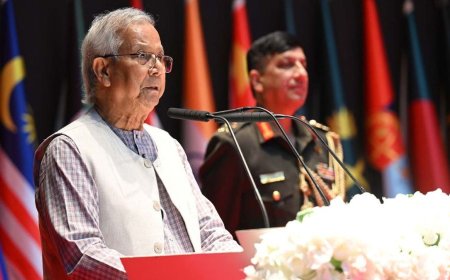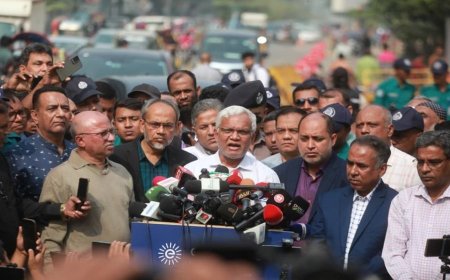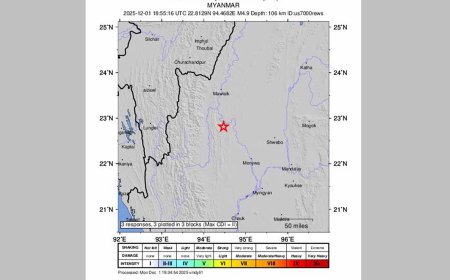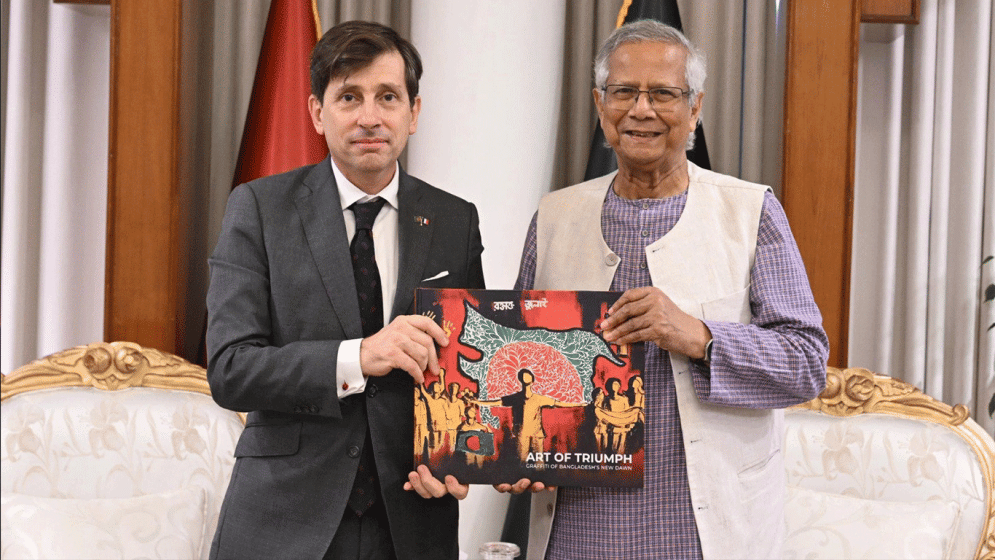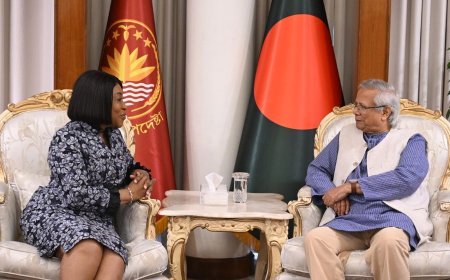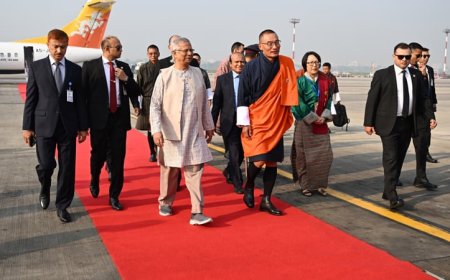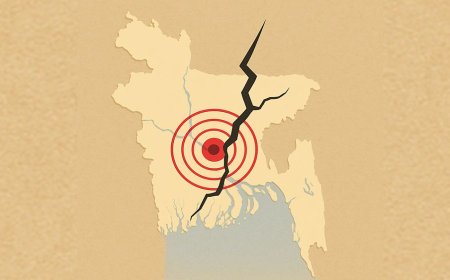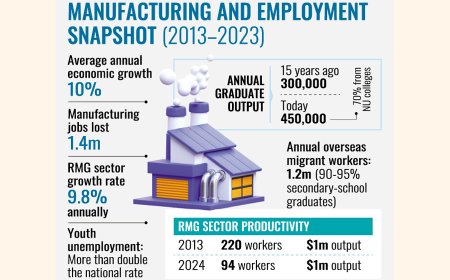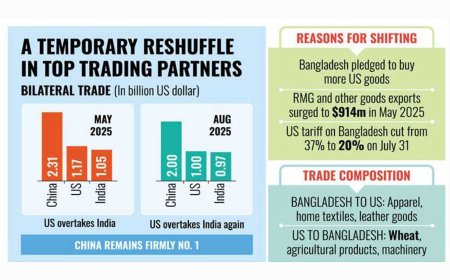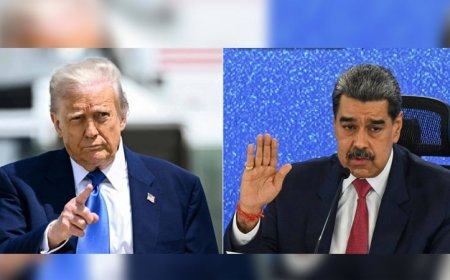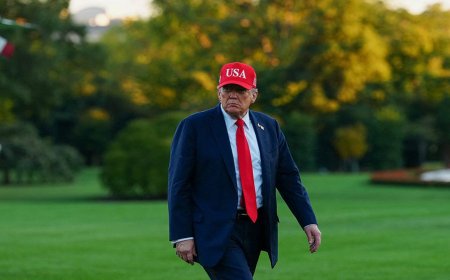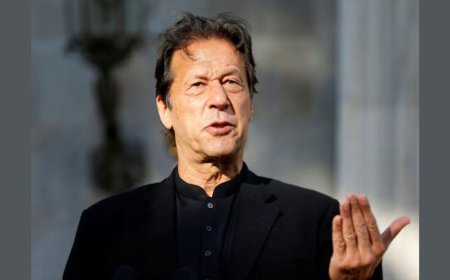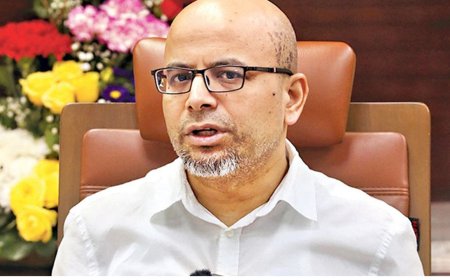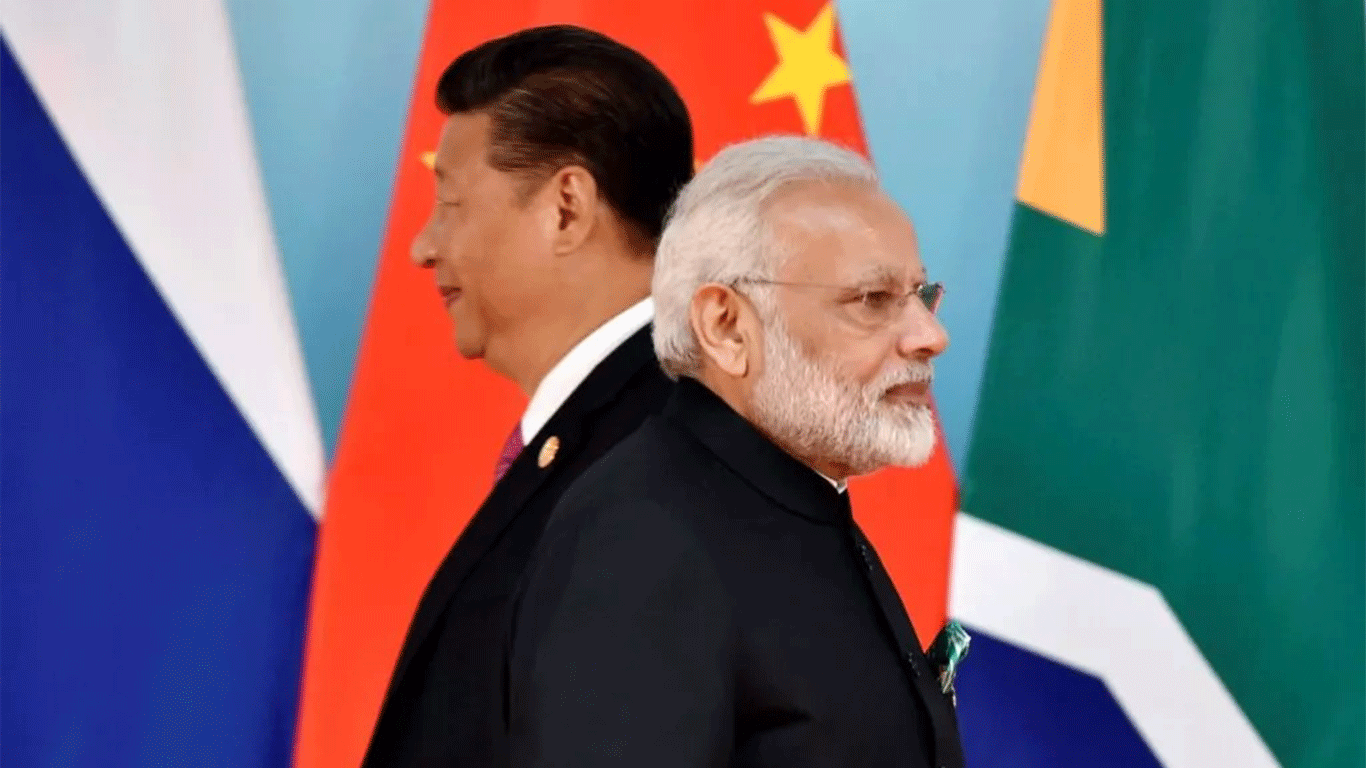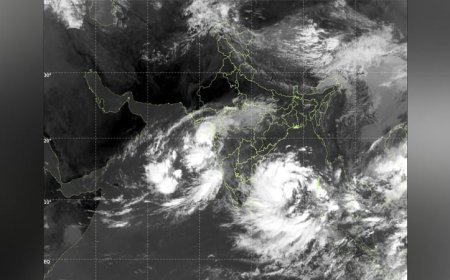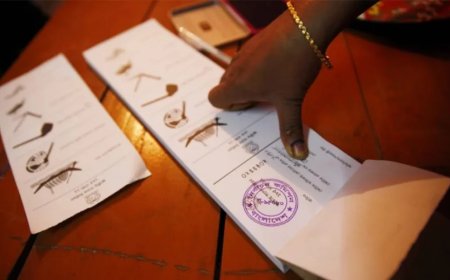Trump's trade war creates a new opportunity for Bangladesh
Trump's trade war creates a new opportunity for Bangladesh
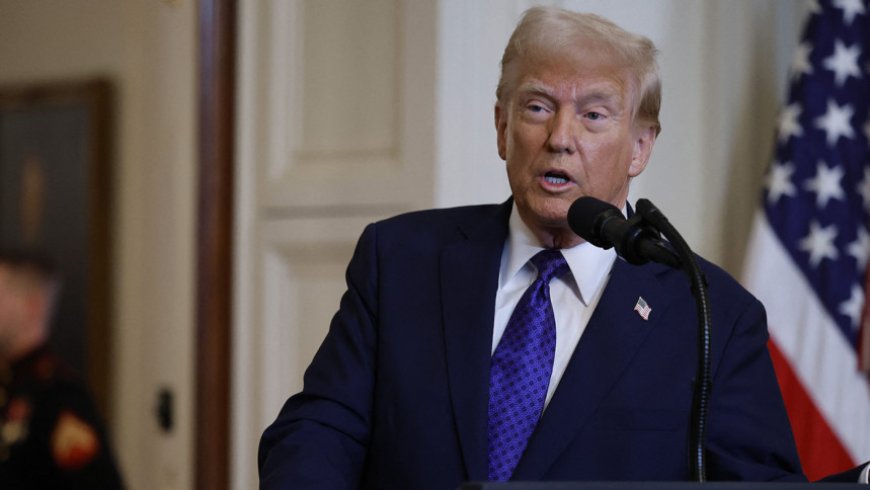
Almost two weeks into his presidency, US President Donald Trump has begun implementing the tariff measures he had promised throughout his campaign. He started by imposing a 25% import tariff on Canadian goods and a 10% tariff on Canadian energy products. Mexico faces a blanket 25% tariff on all goods. Essentially, the US has imposed a 25% tariff on goods from both its neighbors, except for Canadian energy products, which will face a 10% tariff. However, China will bear the brunt of Trump's measures, with an additional 10% tariff on Chinese imports. During his previous term, Trump imposed a 25% tariff on Chinese goods, and his successor, Joe Biden, did not reduce this rate. With the latest 10% addition, Chinese goods will now face a 35% tariff, which is a significant burden for Chinese exporters.
Some Chinese exporters, anticipating Trump’s tariffs, took action early by shipping billions of dollars worth of goods to US ports before the new measures took effect. Additionally, some Chinese manufacturers recognized the potential crisis due to the long holidays surrounding the Chinese New Year, prompting them to ship goods in advance. Over the years, Mexico became a favorable alternative for Chinese manufacturers, who invested billions following Trump’s 25% tariff on Chinese goods during his first term. Chinese companies benefited from the free trade agreement between the US, Mexico, and Canada (USMCA), leading to a significant increase in Mexican exports to the US. However, Trump targeted this trend as well, likely contributing to the 25% tariff on Mexican goods. The same rationale may apply to the tariffs on Canada.
The US has long been the largest export market for Bangladesh, and now, Bangladesh’s manufacturers may seize the opportunity arising from Trump’s trade war. The average tariff on Bangladeshi goods is still 15.62%, providing a relative advantage. Bangladesh is currently the third-largest garment exporter to the US, with nearly $8 billion in exports last year. To further increase its market share, Bangladesh needs to improve its energy supply, as the textile and garment industries still have significant untapped capacity to meet the demands of international retailers. Additionally, Bangladesh should seek to secure more US investments. China has already granted duty-free access to all Bangladeshi goods, signaling a long-term plan to shift its manufacturing operations, particularly in textiles and garments, to Bangladesh.
Ultimately, the additional costs from these tariffs will likely be passed on to US consumers. As the US is a trading economy, importers will bear the brunt of the higher tariffs, which could lead to unintended consequences. This is where Bangladesh might find an opportunity to increase its exports.
What's Your Reaction?








